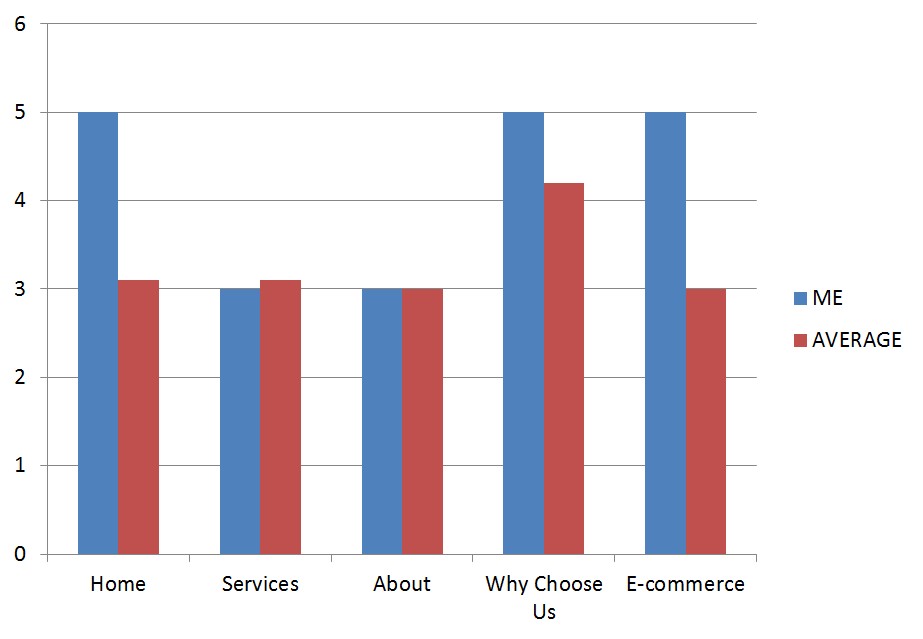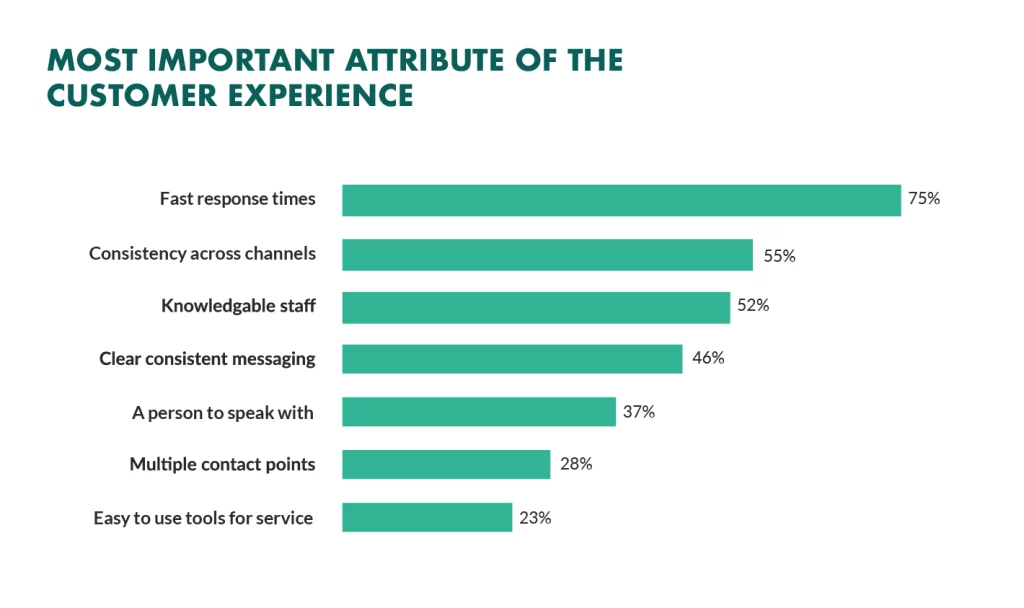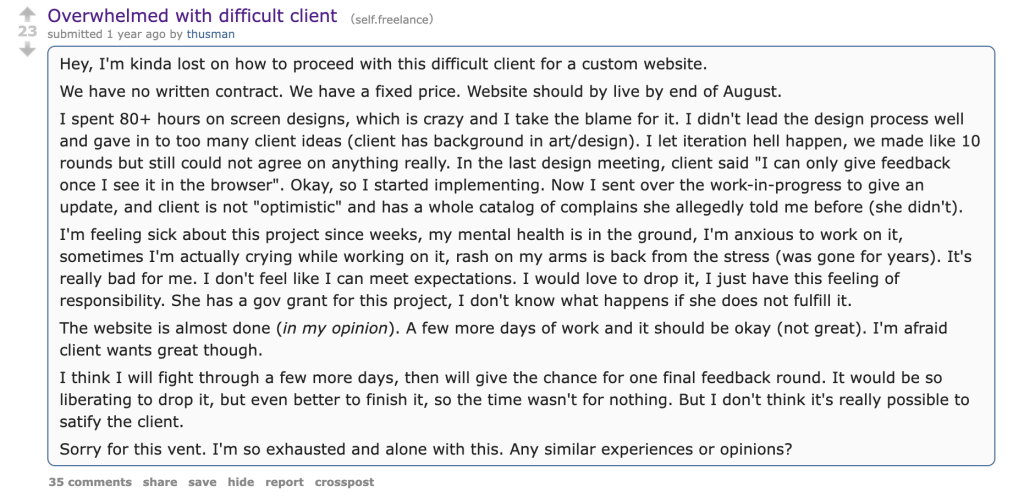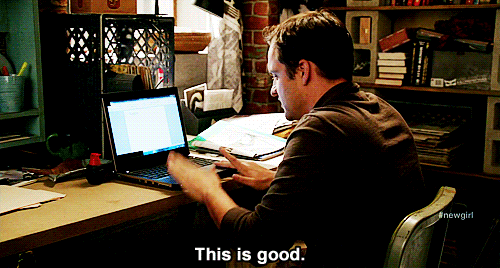Ever felt the sting of pouring your heart and soul into copy, only to have it sent back painted in red, brimming with revisions?
Yeah, it’s a punch to the gut, but hey, welcome to the world of copywriting!
Copywriting revisions are needed to transform your copy from “meh” to “mind-blowing.” But, let’s be real, they can also be a major pain, especially when you and your client are not on the same page.

So, how do you ensure that every piece of copy you deliver is a home run, minimizing the back-and-forth and endless tweaks?
Stick around, because I’m diving into everything you need to know about copywriting revisions and handling client scenarios.
Understanding the Nature of Copywriting Revisions
Alright, let’s kick things off by getting to the core of what copywriting revisions really are.
They’re not just about changing a word here or a sentence there. It’s about refining, reshaping, and revamping your content to make it the best version of itself.
It’s about taking your copy to the next level and making it resonate with your audience.
What Are Copywriting Revisions?
Copywriting revisions are the tweaks, modifications, and refinements you make to your initial draft based on feedback, new insights, or just a fresh perspective.
It’s the process of going back, reviewing your work, and making it better, more precise, more engaging. It’s not about fixing mistakes; it’s about enhancing value.
Why Are Revisions Important For Copywriting?
In the world of copywriting, revisions are your best friend. They’re the tool that helps you polish your message, clarify your thoughts, and optimize your copy for conversions.
I know they can be tedious, especially when you have a stubborn client, but try to look at them as a part of the process, not as a roadblock or something that slows you down.
The Iterative Process of Copywriting
Copywriting is inherently iterative. It’s rare to nail it on the first draft. Writing, revising, getting feedback, and revising again until your copy is sharp, clear, and compelling is the norm.
Strive to be open to change, embrace new ideas, and constantly try to improve.
For example, the Australian copywriting agency Silver Pistol found that the average homepage takes writers 6+ hours to complete.

Use the following copywriting revision process to refine your message and make your copy more effective.
- Embrace the Process
- Understand that revisions are not about your writing skills; they’re about optimizing the message.
- See revisions as an opportunity to learn, grow, and improve your copywriting skills.
- Be Open to Feedback
- Value the input from your clients or peers; it can provide new insights and perspectives.
- Don’t take criticism personally; use it as a tool to refine your copy and make it more impactful.
- Stay Focused on the Goal
- Keep your eyes on the prize: creating high-converting, compelling copy.
- Use revisions to clarify your message, enhance your voice, and optimize your copy for your target audience.
- Refine and Optimize
- Use every revision as a chance to make your copy clearer, more engaging, and more persuasive.
- Experiment with different approaches, test various angles, and find what works best for your audience.
Embrace the revision process, be open to feedback, stay focused on your goals, and use every opportunity to master your craft!
Setting Clear Revision Policies
This is often overlooked, but it’s important to lay down the rules for revisions in your freelance contracts.
Otherwise? You get scope creep, and next you know, you’re doing more work than what was agreed upon.
Why Clear Revision Policies?
Having clear revision policies is like having a roadmap for the journey. It helps manage expectations, avoid misunderstandings, and ensure a smoother, more productive working relationship with your clients.
It helps you be transparent about what’s included, what’s not, and how additional requests will be handled. A clear policy can drastically reduce project turnaround times, making the whole process streamlined.
Here’s how you can communicate your copywriting revision policies.
- Be Transparent from the Start
- Lay out your revision policies clearly before you start the project.
- Be explicit about what’s included in the initial cost and what will incur additional charges.
- Put it in Writing
- Include your revision policies in your contract or agreement.
- Make sure your client understands and agrees to your policies before moving forward.
- Clarify the Scope
- Clearly define what constitutes a revision and what is considered a new request.
- Be specific about the number of revisions included and how additional revisions will be billed.
And, these are further steps I suggest taking.
- Develop a Standard Revision Policy
- Create a clear, concise, and fair revision policy that you can use as a template for all your projects.
- Include specifics like the number of included revisions, the cost of additional revisions, and the turnaround time for revisions.
- Communicate Your Policy Clearly
- Discuss your revision policy with your client at the beginning of the project.
- Ensure your client understands and agrees to your policy to avoid disputes later on.
- Be Flexible but Firm
- Be willing to accommodate reasonable requests but be firm in enforcing your policy.
- Don’t be afraid to say no to excessive or out-of-scope requests.
- Review and Update Your Policy Regularly
- Evaluate the effectiveness of your revision policy regularly and make adjustments as needed.
- Keep your policy up-to-date to reflect your current practices, pricing, and preferences.
Setting clear revision policies is not about being rigid or inflexible; it’s about managing expectations, maintaining clarity, and ensuring a smooth, productive working relationship with your clients.
Managing Client Expectations
Managing client expectations can be a stressful part of the copywriting process. You want to make a good impression and deliver a great service after all, right?
Why Managing Expectations Is Key
Managing client expectations is the cornerstone of a successful copywriting project. It’s what helps avoid misunderstandings, reduce conflicts, and ensure client satisfaction.
Studies show that being knowledgeable, responsive, and consistent is important to clients.

Here’s how you can set the right expectations with your writing clients.
- Clear Communication
- From the get-go, be clear about what the client can and cannot expect from the first draft.
- Discuss the project in detail, understand the client’s vision, and clarify any ambiguities.
- Educate Your Clients
- Explain the copywriting process, the role of revisions, and the importance of feedback.
- Help clients understand the value of revisions in refining the message and optimizing the copy.
- Set Realistic Timelines
- Be honest about how long it will take to complete the project, including revisions.
- Avoid overpromising and underdelivering; be realistic and allow for contingencies.
Some further action steps you can take with each client:
- Develop a Clear Brief
- Work with your client to create a detailed, comprehensive brief that outlines the project’s objectives, target audience, key messages, and desired outcomes.
- Use the brief as a reference point throughout the project to ensure alignment and clarity.
- Establish Open Lines of Communication
- Encourage open, honest, and regular communication with your client to address issues, clarify doubts, and provide updates.
- Be proactive in seeking feedback and responsive in addressing concerns.
- Be Transparent About Limitations
- Clearly communicate any constraints, limitations, or challenges that may impact the project.
- Be upfront about what is possible within the given timeframe, budget, and scope.
- Manage Revisions Effectively
- Clearly explain your revision policy and the role of revisions in the copywriting process.
- Work collaboratively with your client to make revisions constructive and focused on improving the copy.
Learning to manage client expectations creates a shared understanding, mutual respect, and a collaborative partnership.
I find when I truly care about my client’s needs and communicate what I’m working on, we have a much better long-term working relationship.
Dealing with Difficult Clients
All copywriters have experienced difficult clients. Myself included. In fact, I published a blog post about how to deal with difficult freelance clients you should read if you’re in that situation.
Why Difficult Copywriting Clients Are a Challenge
Difficult clients can turn a straightforward project into a stressful, frustrating experience. They can demand excessive revisions, have unrealistic expectations, or be unclear about what they want.
Take a look at the freelance subreddit, for instance. There’s no shortage of discussions around difficult client situations and projects. It’s all too common.

That means it’s bound to happen to you. So, here’s how I would personally handle it.
- Stay Calm and Professional
- Keep your cool, even when the client is upset or unreasonable.
- Respond to criticisms and demands with professionalism and poise.
- Set Clear Boundaries
- Be clear about what is and isn’t included in the project scope.
- Enforce your revision policy and be firm about additional charges for out-of-scope requests.
- Seek to Understand
- Listen to the client’s concerns and try to understand their perspective.
- Ask clarifying questions and seek to understand the underlying issues.
Here are further steps yo can take when dealing with a difficult client.
- Identify Red Flags Early
- Be vigilant for signs of a difficult client, such as unclear expectations, poor communication, or unreasonable demands.
- Consider whether the project is worth the potential stress and frustration.
- Communicate Clearly and Assertively
- Be clear about your policies, your process, and your expectations.
- Be assertive in communicating your needs and boundaries, but remain respectful and professional.
- Find Common Ground
- Seek to find a mutual understanding and a shared goal.
- Work collaboratively to find solutions and resolve conflicts.
- Know When to Walk Away
- Recognize when a client is too difficult to work with and be prepared to end the relationship if necessary.
- Prioritize your well-being and professional integrity over pleasing a difficult client.
It’s not easy, but it’s an essential skill for building a successful, sustainable copywriting business. So, stay calm, communicate clearly, find common ground, and know when to walk away.
Distinguishing Between Revisions and Rewrites
Understanding the distinction between revisions and complete rewrites is crucial to avoid misunderstandings and respect your and your client’s time.
What’s the Difference?
Revisions are about tweaking and refining the existing copy, while rewrites are about creating a whole new piece from scratch. It’s the difference between polishing a diamond and mining a new one.

Here’s how I handle situations where clients ask for revisions and rewrites.
- Clarify the Scope
- Be clear about what constitutes a revision and what requires a rewrite. 43% of projects experience scope creep, so be vigilant.
- Define the parameters for revisions and rewrites in your contract or agreement.
- Set Clear Boundaries
- Be firm about additional charges for rewrites and out-of-scope requests.
- Avoid giving in to unreasonable demands for free rewrites or extensive revisions.
- Communicate the Implications
- Explain the time, effort, and cost implications of a rewrite compared to a revision.
- Help the client understand the impact of a rewrite on the project timeline and budget.
Once you begin the process of rewriting or revising your work, do this.
- Define Your Terms
- Clearly define what you consider a revision and what constitutes a rewrite in your policies and agreements.
- Use specific examples and criteria to illustrate the difference.
- Educate Your Clients
- Proactively explain the distinction between revisions and rewrites to your clients.
- Help them understand the value of each and the implications for the project.
- Manage Expectations
- Be clear about the scope of the project and the limits of included revisions.
- Set realistic expectations for additional work, including rewrites and extensive revisions.
- Be Firm but Fair
- Stand your ground on your policies and charges for rewrites and out-of-scope requests.
- Be fair and reasonable in assessing what constitutes a revision and what requires a rewrite.
Enhancing Client Satisfaction
Something I’ve come to realize about running an agency or freelancing is that client satisfaction is 90% of the game.
Why Client Satisfaction is a Game-Changer
Client satisfaction is the fuel that drives repeat business, referrals, and positive word-of-mouth. It’s what turns one-time clients into loyal, long-term partners.
You can secure copywriting projects and get paid, but that doesn’t guarantee more work in the future if you don’t make clients happy.
Try these strategies for boosting client satisfaction and getting more repeat projects.
- Involve Clients in the Process
- Keep clients in the loop, seek their input, and make them feel valued and involved.
- Regular updates, feedback sessions, and collaborative discussions can enhance client engagement and satisfaction.
- Exceed Expectations
- Deliver more than promised, surprise your clients with added value, and go above and beyond to wow them.
- Exceptional service, extra revisions, and bonus content can elevate client satisfaction and foster loyalty.
- Present Polished Work
- Delivering clean, well-crafted, and error-free copy can make a strong positive impression.
- Attention to detail, thorough proofreading, and professional presentation can enhance perceived value and client satisfaction.
- Understand Client Needs
- Take the time to truly understand your client’s goals, preferences, and expectations.
- Tailor your approach, your communication, and your deliverables to meet your client’s unique needs.
- Be Responsive and Accessible
- Respond promptly to client communications, address concerns quickly, and be available when needed.
- Clear, timely, and proactive communication can build trust, alleviate concerns, and enhance client satisfaction.
Wrapping Up Copywriting Revisions
Mastering copywriting revisions is about refining your craft, elevating your game, and delivering copy that resonates, persuades, and converts.
You want to build harmonious relationships with clients, manage expectations, and maintain your sanity amidst the whirlwind of demands and feedback.
Embrace revisions as your ally in crafting stellar copy. Set clear, fair revision policies and communicate them transparently. Manage client expectations with clarity and professionalism.
You can learn more about these strategies in my copywriting courses and get coaching from me.














